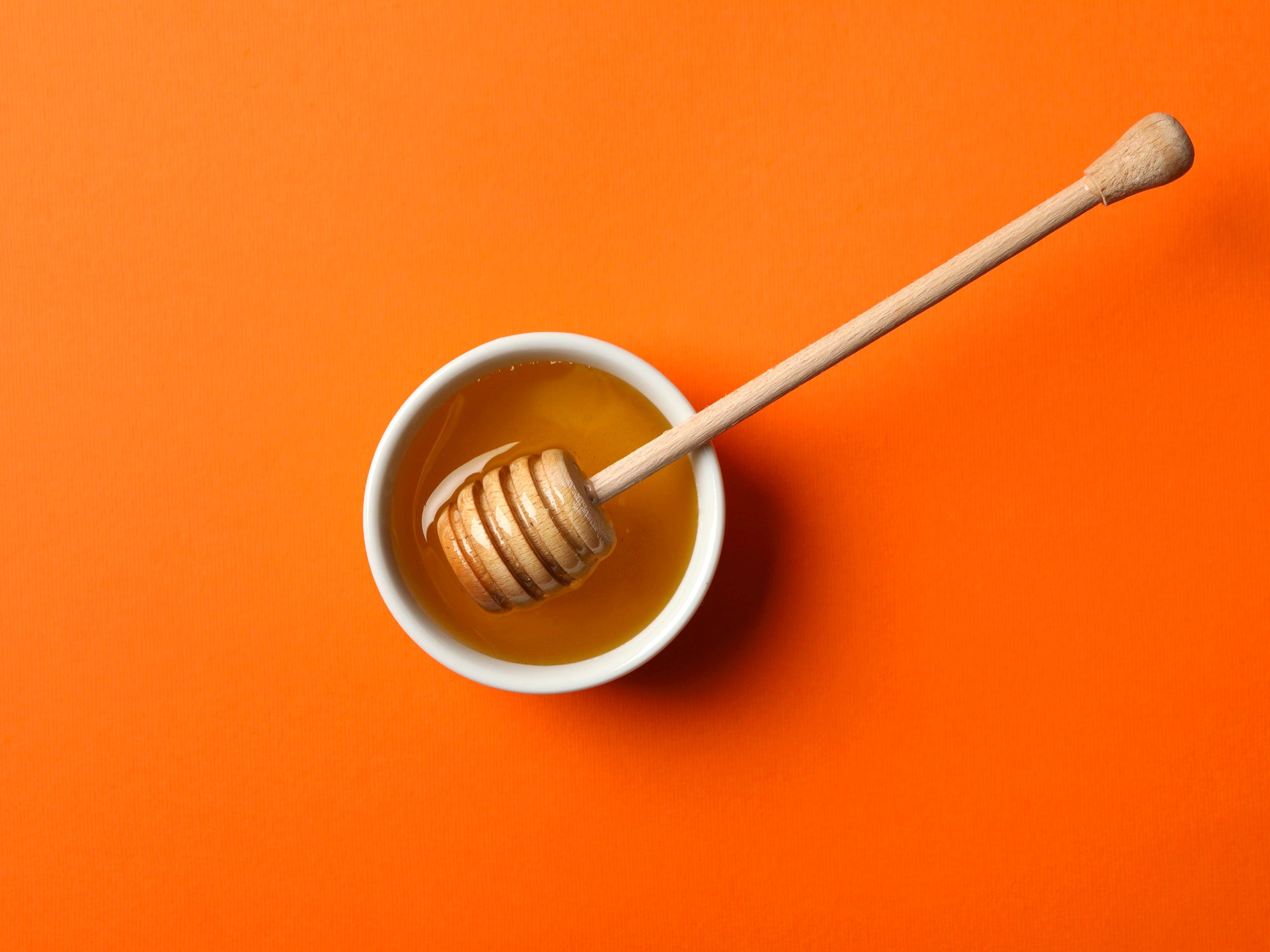Your basket is empty
Already have an account? Log in to check out faster.
Already have an account? Log in to check out faster.

Using Manuka Honey for internal purposes can be highly effective in treating inflammations and infections. Let’s recap its characteristics.
Manuka honey originates from the Manuka plant, which grows uncontaminated in New Zealand and parts of Australia. This plant provides a suitable habitat for many species, including bees that produce honey with extraordinary therapeutic properties from its nectar.
It appears that the "stress" of the plant promotes a high content of methylglyoxal in Manuka honey. Methylglyoxal is the active ingredient responsible for the honey's potent antibacterial capabilities, setting it apart from any other honey in the world.
The quantification of Methylglyoxal is done in absolute terms, meaning that today, the exact percentage of methylglyoxal in a given dose of honey can be determined (e.g., 100 mg of Methylglyoxal in 1 kg of honey). Manuka honey possesses antimicrobial effects, capable of fighting bacteria, viruses, and fungi, making it a healthy and natural alternative for alleviating the symptoms of numerous ailments.
As a natural remedy, it should not replace medical therapies, and consulting a doctor for severe and persistent disorders is always advisable.
Thanks to its active ingredient, Methylglyoxal, Manuka honey has antimicrobial effects. It can be useful both preventively and as a natural alternative for minor ailments. Choosing the right concentration of methylglyoxal for treating these issues is crucial. Remember that the deeper the honey needs to go, the stronger it should be.
Manuka honey 800+MG can be helpful for persistent and resistant infections, while 100+MG is used for preventive purposes or external use.
The oral cavity has a physiological flora that prevents pathogenic germs from causing damage. Manuka honey for internal use promotes a normal oral flora and acts as a "selective" antibacterial, creating a healthy and balanced environment where pathogenic germs do not thrive.
Apply Manuka honey MG200+ directly to inflamed gums and keep it in the mouth for as long as possible. Propolis tincture is also very effective. Apply small amounts of Manuka honey MG200+ directly to mucosal lesions and keep it in the mouth for as long as possible.
Depending on the degree of inflammation and the affected area, choose the appropriate MG level of Manuka honey. To slow its passage through the pharynx and esophagus, it is advisable to take the honey in a supine or prone position. Taking Manuka honey slowly and swallowing it little by little will also be useful and increase its effectiveness.
Swallow small amounts of Manuka honey MG200+, letting it slowly flow down the pharynx.
Take small doses of Manuka honey MG200+ in a prone position, swallowing slowly. It can also help to dissolve a teaspoon in a cup of herbal tea and sip it several times a day.
Take a teaspoon of Manuka honey MG200+ or stronger three times a day. Swallow quickly and lie down.
In the 1980s, it was discovered that most gastric ulcers are caused by a bacterium, Helicobacter pylori. Many could not understand how bacteria could survive in such an acidic environment as the stomach. Manuka honey for internal use can help treat some gastrointestinal disorders. Additionally, Manuka honey has a "probiotic" effect, being a selective antibacterial that eliminates pathogenic bacteria while benefiting our physiological intestinal flora. Methylglyoxal is perfect for such disorders because it does not need oxygen to be effective.
Take a heaping teaspoon of Manuka honey MG500+ or MG800+ pure up to three times a day. Choosing a very strong active honey is crucial as it needs to reach the affected area. Swallow the honey very quickly as it exerts its maximum effect upon direct contact with pathogens. For greater effectiveness, it is advisable to lie supine and roll onto your stomach to ensure it adheres well to the stomach walls. For preventive purposes, once the acute inflammation has subsided, Manuka honey MG100+ will suffice.
Manuka honey for internal use can also be helpful for bronchopulmonary disorders. For example, in case of a cough, take small amounts of Manuka honey MG400+ several times a day.
So far, it is unclear whether the active ingredient in Manuka honey can reach the bladder to fight bacteria there. However, it is hypothesized that Manuka honey for internal use combined with green tea can help alleviate annoying disorders like cystitis. In this case, drink 1 or even 2 liters of green tea with a teaspoon of Manuka honey MG500+ per cup throughout the day.
Manuka honey for internal use can help alleviate symptoms related to some viral infections like the flu. For prevention, it is recommended to take a teaspoon of Manuka honey MG100+ once a day, while in the acute phase, choose a stronger honey and increase the dosage.
Candida Albicans Candida is found in the digestive tract but, especially in women, can occur in the urogenital tract. This extremely unpleasant and very persistent and contagious condition can be treated by taking a teaspoon of Manuka honey MG800+ three times a day.
The applications of Manuka honey for internal use are numerous, but such foods should not replace medical treatments. Instead, they should be used as a natural remedy and valuable aid for our bodies.
0 comments